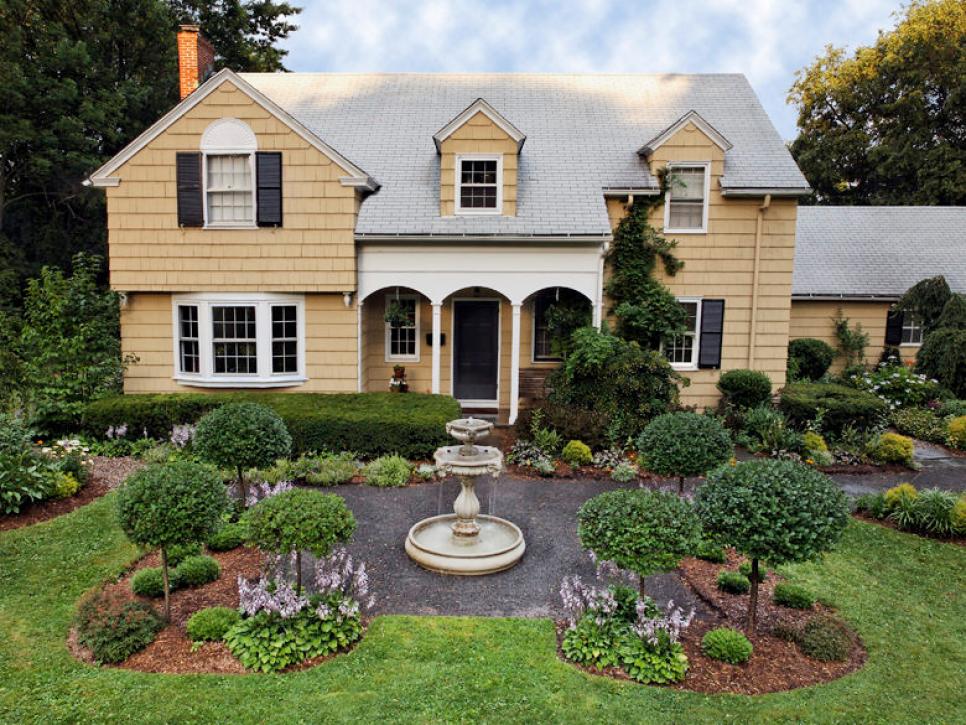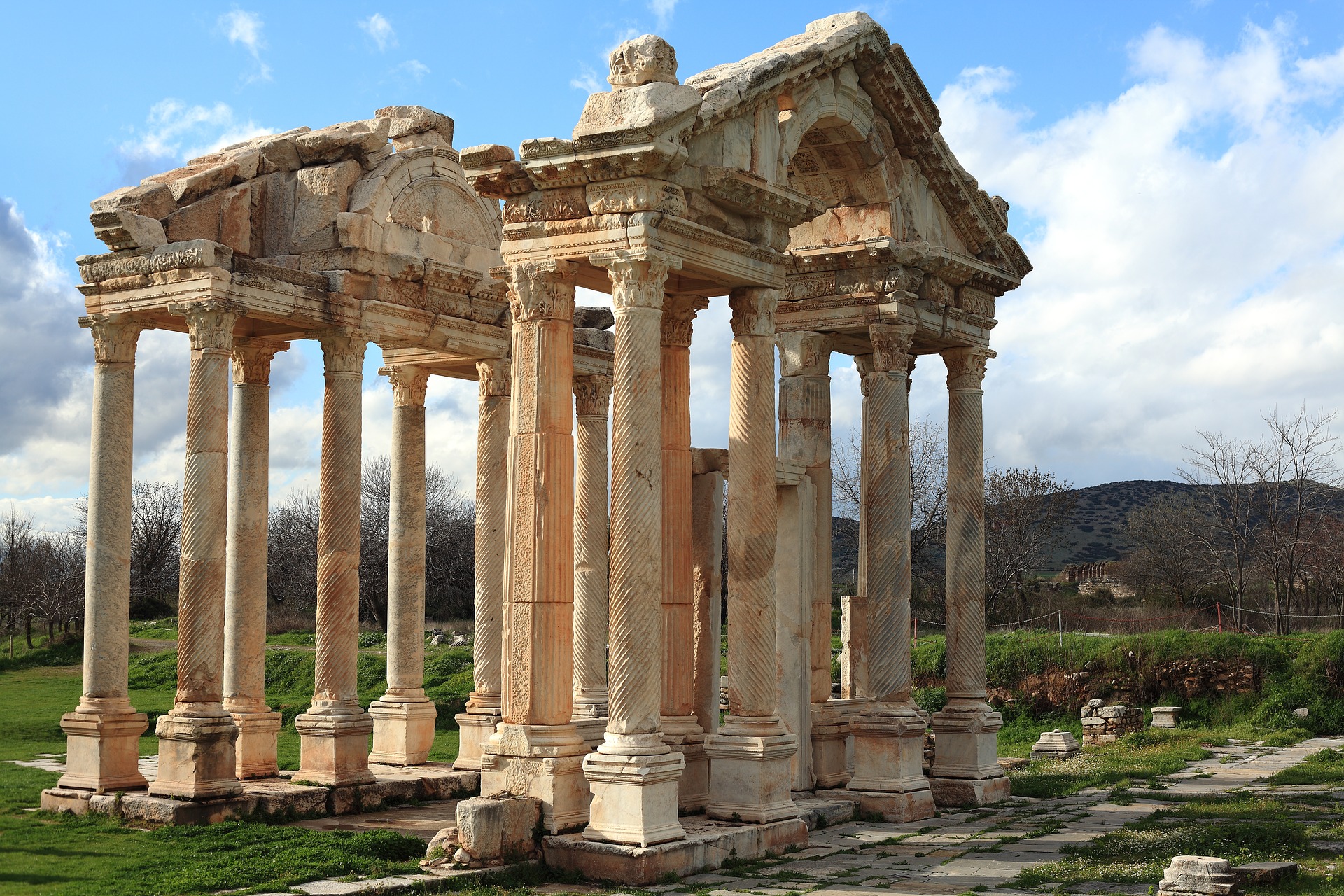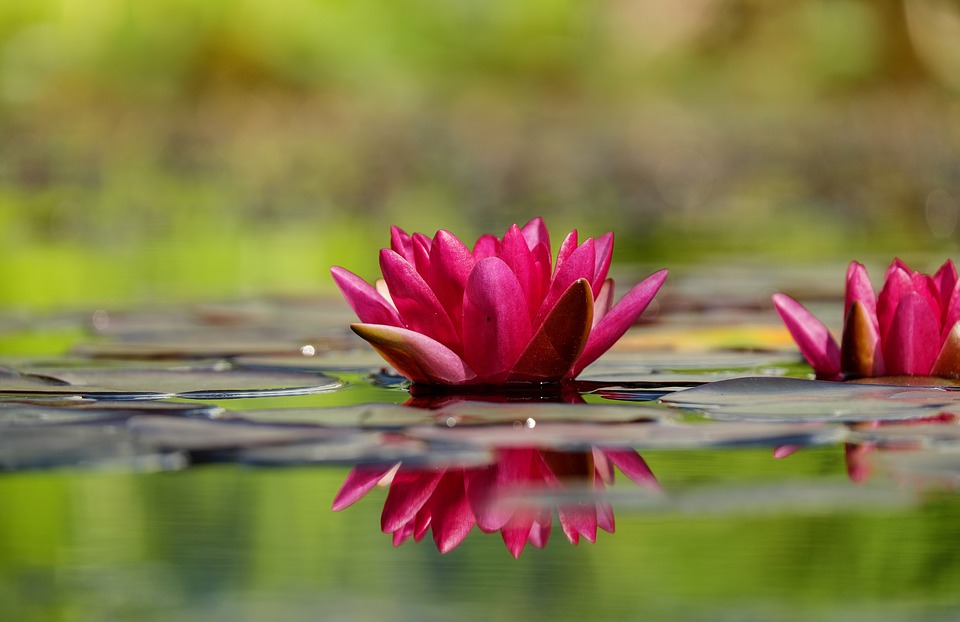The landscaping of the exterior of a house is part of many cultures, such as the European and French cultures. The advent of luxury gardens has become an art in France for a certain period. The French garden has become a label, a reference in architectural engineering. A jewel of beauty and wonder. What are the characteristics of French gardens that make them so exquisite?
A Little History
French gardens first appeared in French culture in the early 17th century. Their forerunner was the famous André Le Nôtre, who designed the famous garden of Versailles during the reign of the Sun King. He is also the author of the garden of the castle of Chantilly and Saint-Germain. These gardens are a sign of perfection and nobility.
Indeed, to achieve this result, this gardener was inspired by the techniques of Italian gardens which were the work of rigor and precision. Thus, André le Nôtre brought his special touch by ordering the garden components in a particular way. He played with the order and symmetry of the plants. He creates specific forms and perspectives. A new outdoor art form had just taken shape and allowed for a beautiful vegetable garden.
From then on, French castles began to benefit from this architectural marvel. These gigantic arrangements made French gardens a favorite place to relax and walk around, showing plants at their best. The garden then becomes an extension of the castle, which is an integral sign of its owner’s power, power, and greatness.
Characteristics of French gardens
The French garden is presented as a building. It consists of a succession of rooms called chambers that the visitor crosses according to a predefined route. The description of the French gardens testifies well to this structuring. The descriptions speak of rooms, chambers or theaters of greenery. The visitors move between walls of bower or along water stairs. The ground is covered with carpets of lawn embroidered with boxwood and the trees are cut in curtains along the paths.
The essential characteristics of gardens are symmetry, order, and perspective. These three elements give French gardens certain originality. The green rooms are voluminous; low borders highlight the beds. Majestic, the French gardens are made of embroidered boxwood, apple trees, symmetrically aligned trees, and plant sculptures. All these harmonious forms are the result of rigorous geometric architecture.
The plants of the French exteriors are pruned to perfection and give a geometrical shape. In addition to geometric originality, regular French gardens are characterized by square-shaped lawn beds available in any season. By playing on perspective, the gardener offers an optical illusion to visitors.
Classical gardens also feature fountains or ponds. They also include basins with stone statues representing characters from mythology or hunting. These statues are placed at the end of the perspectives and the different angles of the works offering a pure and noble space.
Creating a French garden
To embark on a project to create a French garden, in addition to preparing the soil with home composting, the use of evergreen vegetation around trees and shrubs and plants for decorative purposes is recommended.
Spring bulbs and summer perennials should be added to the garden plants to beautify the space. It is also essential to consider setting up a consistent and regular maintenance system to keep the magic of this architectural jewel.
In short, classical gardens, regular gardens, or French gardens are architectural marvels. They combine ingenuity and beauty with rigor, order, geometry, symmetry, and perspective. Building one requires the help of specialists to offer your home and your visitors a wonderful harmony.





